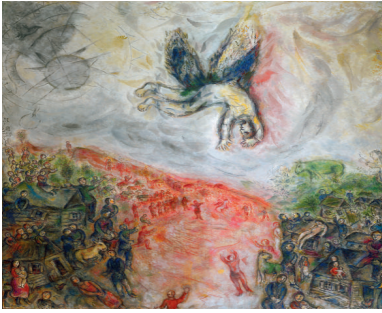Arts gay
1/101
Earn XP
Description and Tags
arts gay
Name | Mastery | Learn | Test | Matching | Spaced |
|---|
No study sessions yet.
102 Terms
Honorific definition
focused on the qualities that make a work worthy of being called “art”, implies that art should be “good“ or “great“
Realism, expressionism, formalism
Theories under honorific definitions
Realism
art should be true as well as beautiful
Expressionism
expression of emotion rather than the truth
Formalism
concentrates on form and aesthetic qualities rather than content or intent
Classificatory Definitions
describe art in terms of what is accepted as art by communities or institutions. Raises questions about who decides what qualifies as ar; emphasizes role of" “artwolrd“ in conferring status as art
Institutional definitions
Articulated by theorists George Dickie and Arthur Danto, asserts that art is dependent on art institutions, theory, and history. emphasizes social context
Open definitions
term art is an open concept, points to examples and family resemblances
Realism
the stonebreakers by G. Courbet
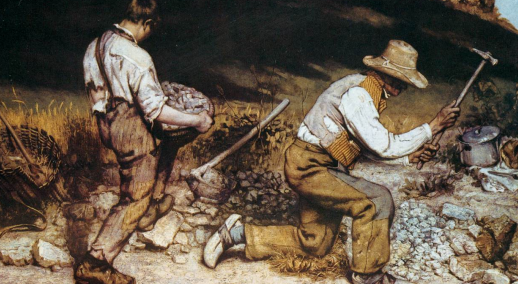
Expressionism
The cream by E munch
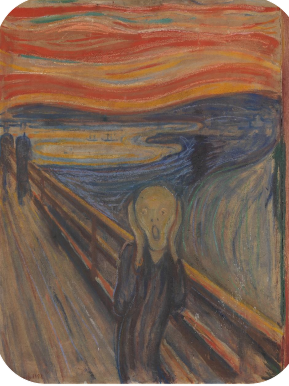
Formalism
composition ii by piet mondrian
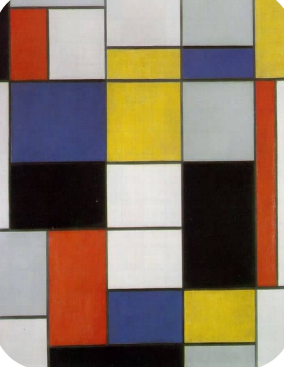
Classificatory
Starry Night by V Van Gogh
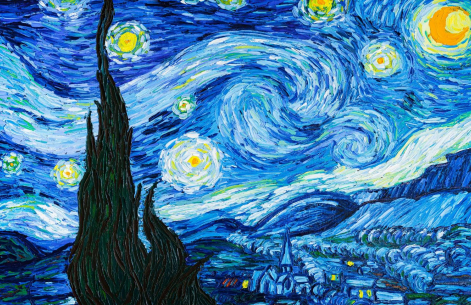
Institutional
Balloon Dog by J Koons
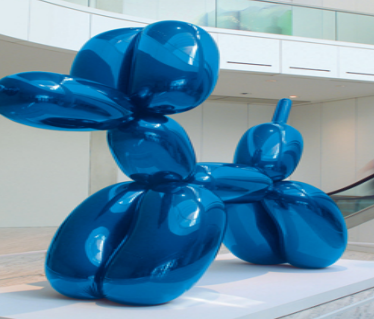
Open
Fountain by M Duchamp
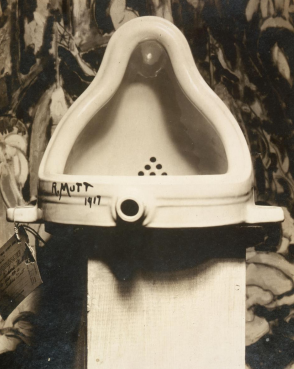
mimesis
term used by plato to describe poetry
Kant
defined art in terms of representation, kant contrasted fine art with entertainment, emphasizing intellectual demands and intrinsic value
19th Century Shift
representation-based definitions were challenged. Artistic movements focused on expression and audience experience. Photography and instrumental music challenged the representational ideal. New definitions emerged: expression, formalist, aesthetic theories
Representation
outward focus nature, society
Expression
inward focus emotions, moods; lacks representation
Collingwood
art is clarifying emotion, work of art exist primarily in the minds of the artist and audience
Formalism
focuses on form, not representational content. Modernist. addressing value and appreciation.
Clive Bell
art has significant form, aesthetic emotion, line color 3d shape
Aesthetic definition
experienced valued for its own sake, from close attention to an object’s sensuous features
Antiessentialism
open-textured, art is not defined by a single function, no necessary/sufficient conditions for a real definition of art
Danto and Dickie
Mandelbaum’s critique of family resemblance, family resemblance invites definition
Danto
Art world, art and nonart perceptually indistinguishable, artwork requieres interpretation
Dickie
art world as an institution, artifact is a candidate for appreciation, artist is a person who participates in making a work of art.
Walton
art world systems can be defined historically
Davies
Art world is structured by roles and authority
Levinson
artworks are intentionally regarded in ways similar to how past artworks were correctly regarded
Stecker
historically functionalism, art forms and functions evolve over time
Consensus and skepticism
historicist views suggest a consensus on how art should be defined, but some still pursue simple functionalist definitions or are skeptical of any definition
Gesture
movement of artist’s hand/arm e.g. horizontal lines
Contour
defines outermost limits of a drawn/painted figure
Crosshatching
creating value by crossing group of parallel lines across another different
Implied line
lines not drawn at all
Thick lines
lines that give a sense of stability
Thin lines
appear more elegant, gentle or delicate
Pat Steir’s Summer Moon 2005
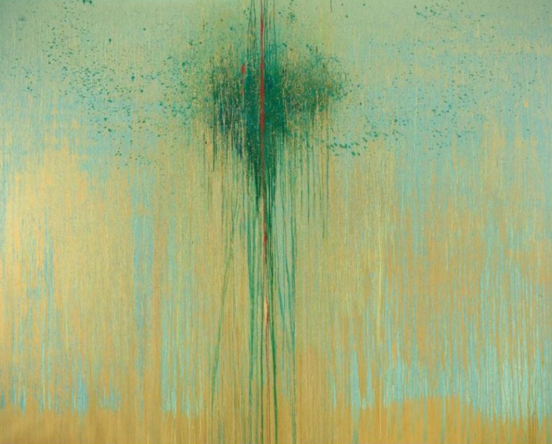
Horizontal
lines that indicate serenity and stability
Diagonal
lines means motion, agitation, instability
Vertical
lines that suggest poise and aspiration
Mel Bochner Vertigo
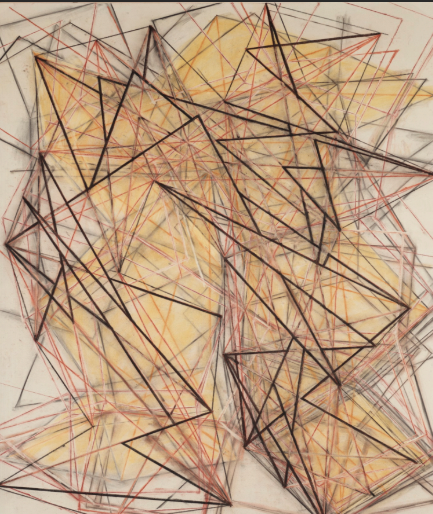
Joan Miro “Painting”

Henry De Tolouse-lautrec “Seated Dancer with Pink Stockings“
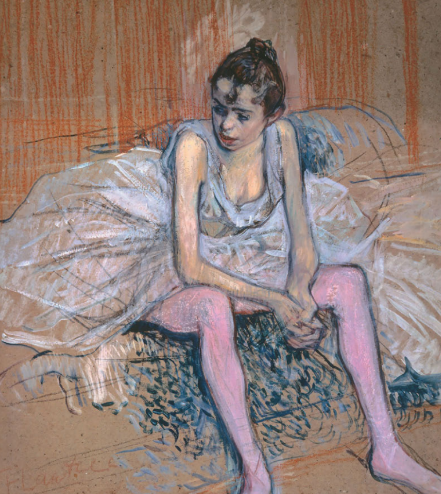
Shape
Geometric shapes are regular and ordered shapes using straigh lines and curves while organic shapes are generally irregular and oftern chaotic
Hans Arp “Untitled“
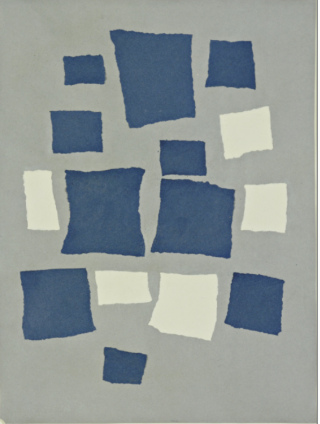
Mass/Volume
in a flat surface three dimensionality is conveyed thru chiaroscuro. As a form turns towards a light source it appears brighter and as it turns away from the light source it appears darker
Chiaroscuro
in a flat surface three dimensionality is conveyed through chiaroscuro
Man in Oriental Costume “Rembrandt“
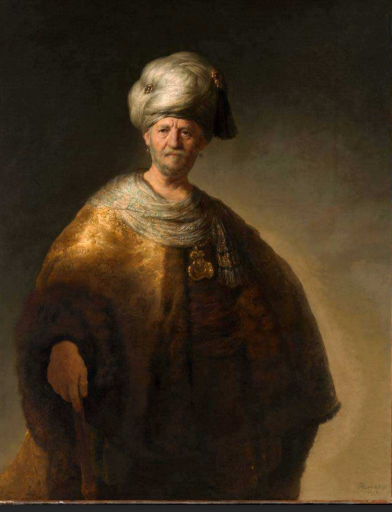
Perspective
illusion of space on a flat surface, before 15th century illusion of space was created using 3 visual cues: Height scale overlap
Height Scale Overlap
creating of illusion in the 15th century using 3 visual cues
Christ pantocrator Deesis Mosaic by Hagia Sophia
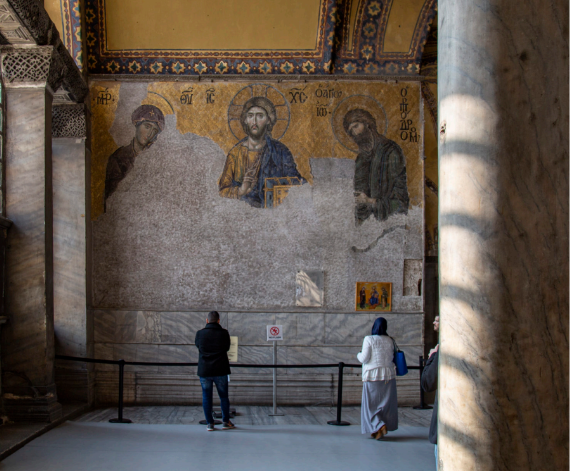
Maesta By Duccio
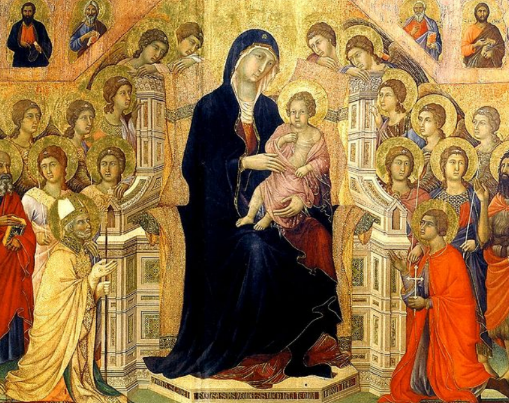
Betrayal of christ by Giotto
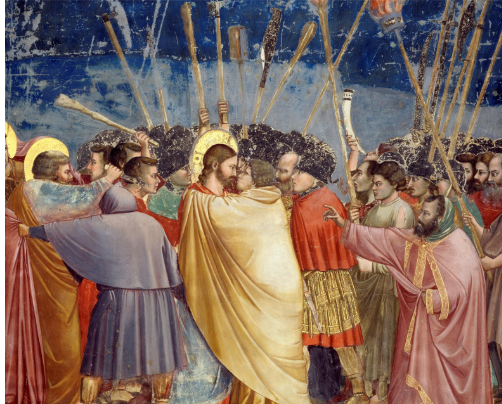
Linear Perspective
based on regular geometric recession of space, uses vanishing point and horizon line
Orthogonal Lines
lines that appear to meet at the vanishing point an imply the regular recession of space
Atmospheric Perspective
illusion of distance through use of color and focus
Intuitive perspective
receding lines converge but does not recognize they converge at a single horizon line and vanishing point
Madonnaa Enthroned by Cimabue
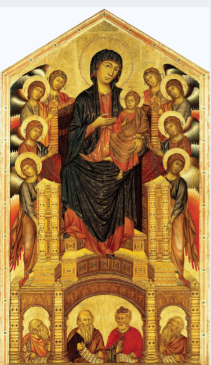
Madonna Enthroned by Giotto

Texture
describes surface texture of artwork
Implied
primarily used in two-dimensional works of art
Actual
texture in the material used
Van Gogh “Shoes“
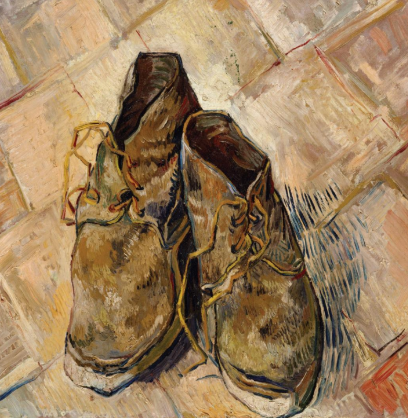
Color
most prominent element and is one of the most powerful and yet subjective elements in art.
Hue
color name
Value
Darkness to lightness of color
Local, observed, Intuitive
Different uses of color
Local
natural body color of object
Observed
perception of local color as light shifts on an object
Intuitive
expression power of color instead of local or observed color
Portrait of Madame Matisse

Rouen Cathedral by Matisse
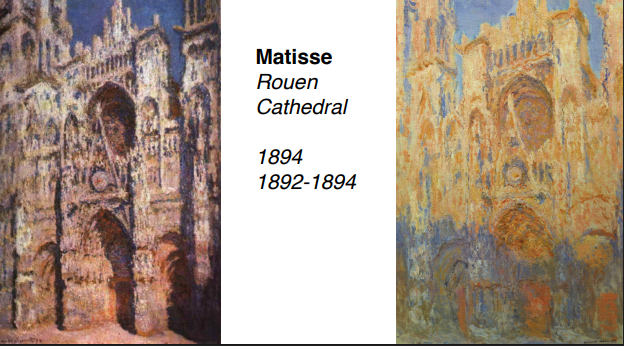
Claude Monet Impression Sunrise
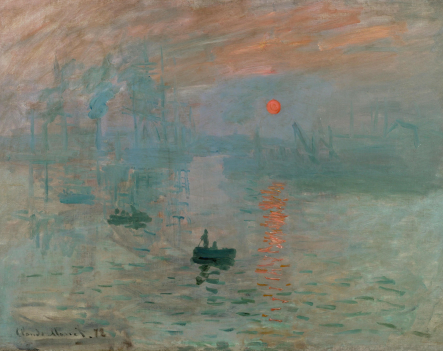
i dont fucking know

Monochromatic
uses single color
Complementary
colors opposite each other on the color wheel
Analogous
uses only one area of the color wheel
Old Guitarist by Picasso
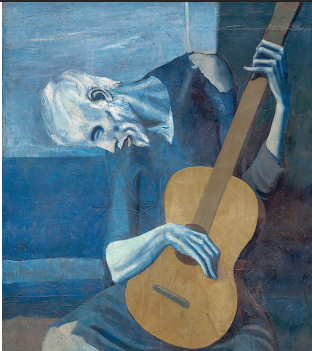
Paul Gauguin’s Armchair
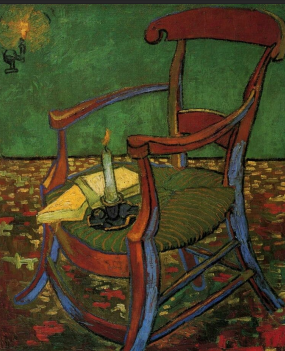
Jan Davidsz De Heem “Still Life With A glass and oysters“

Unity
elements of work or relations between the elements are similar/identical
Variety
elements of work are varied
Andy Warhol 100 cans
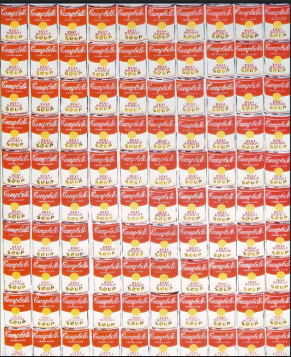
Scale/Proportion
size of elements both individually or in relation to other elements
Forced Perspective
arrangement of figure and ground that distorts the scale of objects; small objects appear large or large objects appear small
MC Escger Rippled Surface
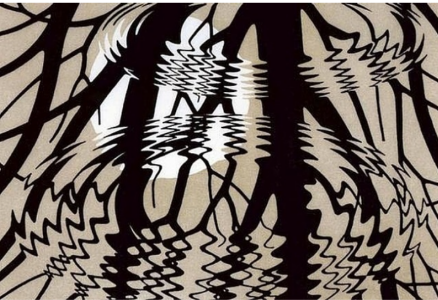
Balance
equally visual weight usually thru lines and shapes
Symmetrical
lines and shapes are equally arranged around and axis or central line
Asymmetrical
when visual weights do not correspond to one another in shape, size or placement
Pietro Perugino Delivery of The Keys
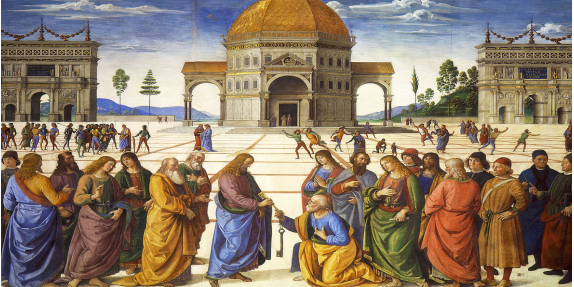
Salvador Dali Sacrament of the last supper
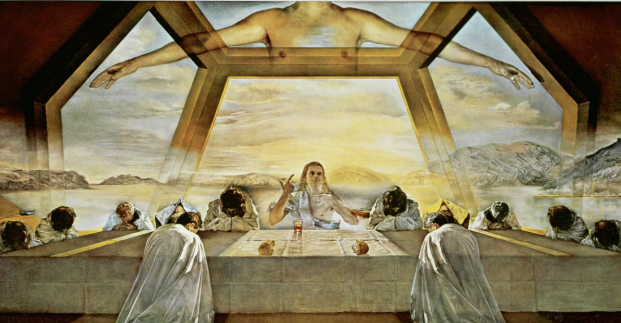
Ma Yuan Walking on a Mountain Path in Spring
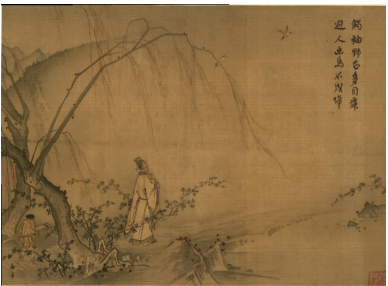
Katsushika Hokusai the Great Wave Off Shore at Kanagawa
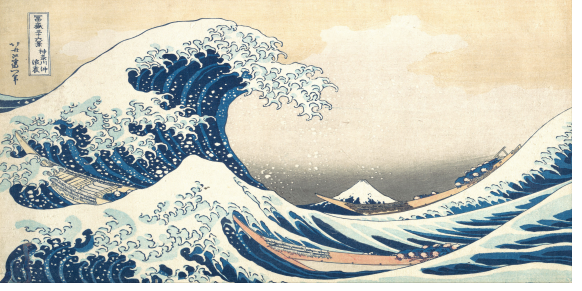
Emphasis
intentional use of directional forces to move viewer’s attention through the artwork
change of color, line, positions
how to emphasis 3 ways
Vija Celmins
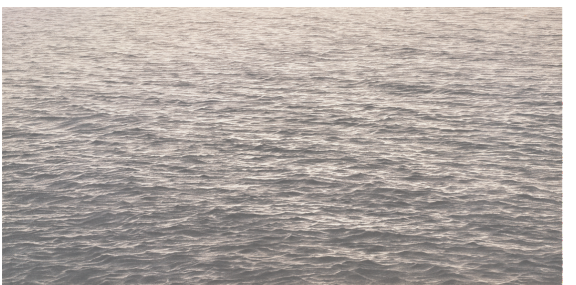
Pieter Bruegel the Elder fall of icarus
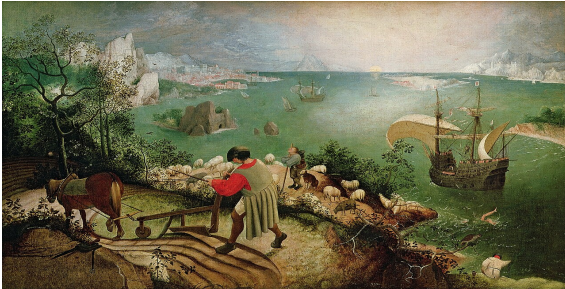
Marc Chagall “Fall of Icarus“
